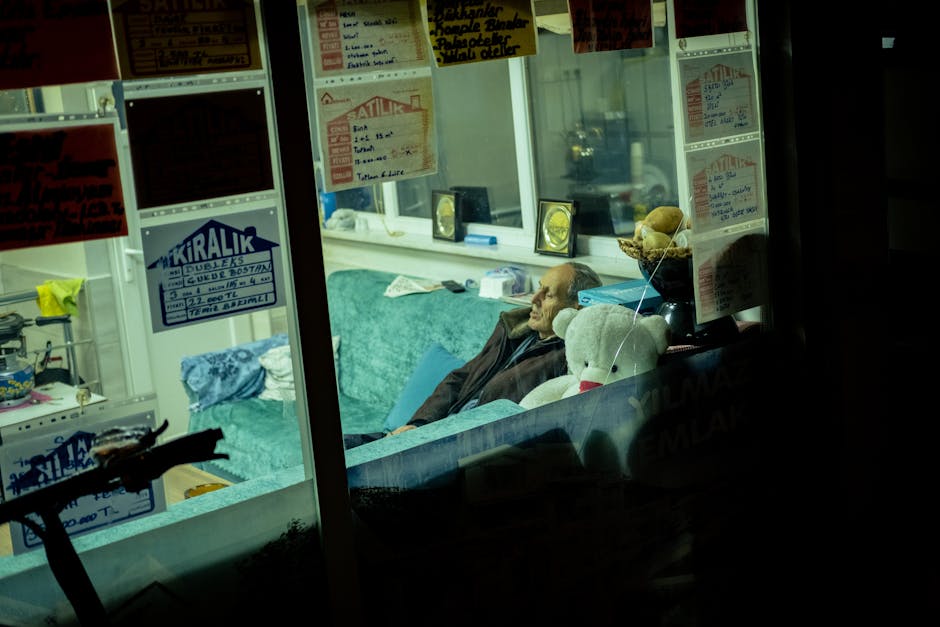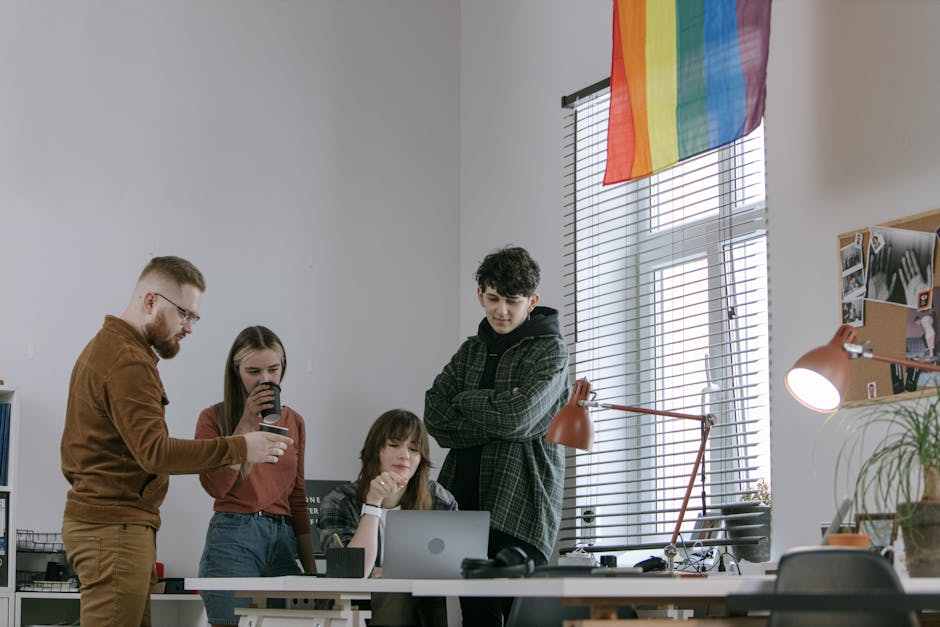Reimagining the Workplace: Zach Dunn's Insights on the Clubhouse Model
“Zach Dunn, founder at Robin, discusses the evolving workplace landscape with Dave Witting of Rocket Insights. They explore the innovative 'clubhouse model' as a solution to hybrid work challenges, emphasizing flexibility, community, and employee-centric design in the post-pandemic era. ”

The Evolution of Workplace Dynamics: Insights from Zach Dunn and Dave Witting
In a rapidly changing work environment, companies are grappling with new challenges and opportunities presented by the shift to hybrid work models. Zach Dunn, founder and head of customer experience at Robin, a workplace software company, recently sat down with Dave Witting, partner at Rocket Insights, to discuss innovative approaches to reimagining the workplace. Their conversation, captured in the "In The Works" podcast, offers valuable insights for organizations looking to adapt their office strategies in the post-pandemic world.

The Pre-Pandemic Workplace Model
Before the COVID-19 pandemic, Rocket Insights, like many companies, operated on a hub-and-spoke model. They had a central office in Boston and several satellite locations. This setup worked well for years, offering employees flexibility with a requirement to be on-site two days a week. However, the pandemic forced a reevaluation of this approach.
The Pandemic Shift: Employee Preferences Unveiled
When surveying their employees about returning to the office post-pandemic, Rocket Insights discovered a diverse range of preferences:
- 20% were eager to return full-time
- 20% preferred to work remotely indefinitely
- 60% wanted a flexible arrangement, coming to the office 1-3 days a week
This distribution presented a new challenge: how to accommodate such varied preferences while maintaining company culture and productivity?
The Clubhouse Model: A Revolutionary Approach
In response to these challenges, Witting and his team developed what they call the "clubhouse model." This innovative approach involves:
- Abandoning the traditional hub-and-spoke model
- Creating smaller, community-integrated offices closer to where employees live
- Designing spaces that feel warm, personable, and part of the local community

The clubhouse model addresses several key issues:
- Commute Fatigue: By locating offices closer to employees' homes, it eliminates the long commutes that many found unbearable.
- Community Integration: Offices are placed in the heart of local communities, often between everyday amenities like ice cream shops and orthodontists.
- Flexibility: It caters to the varying needs of employees who want different levels of office presence.
- Cost-Efficiency: Smaller, distributed offices can be more cost-effective than large central hubs.
Implementing the Clubhouse Model
Witting shared some strategies for implementing this new model:
- Size Matters: They aim for offices that can accommodate about 15 people, never exceeding this number if possible.
- Unique Features: Each office has a special, often whimsical feature (like a tiki bar or vintage arcade) to make it unique and enticing.
- Communication: To prevent siloing, all company communications happen in shared Slack channels.
- Cross-Office Events: They host open house parties and encourage visits between offices to maintain company-wide cohesion.
Challenges and Considerations
While the clubhouse model offers many benefits, it's not without challenges:
- Potential for Fragmentation: There's a risk of creating isolated "tribes" within each office.
- Consistent Culture: Maintaining a unified company culture across multiple small offices requires intentional effort.
- Data-Driven Decisions: Utilizing workplace management software to gather data on office usage is crucial for making informed decisions about space allocation and design.

The Future of Work: Flexibility and Intentionality
Witting emphasizes that while the clubhouse model works for Rocket Insights, it may not be the solution for every company. The key takeaway is the importance of being intentional about workplace decisions. Companies should:
- Regularly reassess their office strategy
- Seek employee input
- Be open to new models that may better suit their workforce's needs
Collaboration benefits businesses in numerous ways, and finding the right balance between remote and in-office work is crucial for fostering this collaboration.
Conclusion: Embracing Change in Workplace Management
The conversation between Zach Dunn and Dave Witting highlights the ongoing evolution of workplace management. As companies navigate the post-pandemic landscape, innovative approaches like the clubhouse model offer exciting possibilities for creating more employee-centric, flexible, and community-integrated workspaces.
For HR managers, IT professionals, and facility managers, this shift presents both challenges and opportunities. It's clear that the future of work will require adaptability, data-driven decision-making, and a willingness to experiment with new models. By staying open to change and prioritizing employee preferences, companies can create workplaces that not only meet the practical needs of their workforce but also foster creativity, collaboration, and job satisfaction.
As we move forward, choosing workplace management software that can provide insights into office usage and employee preferences will be crucial for making informed decisions about workplace strategy. The key to success in this new era of work lies in remaining flexible, listening to employees, and being willing to reimagine what the office can be.